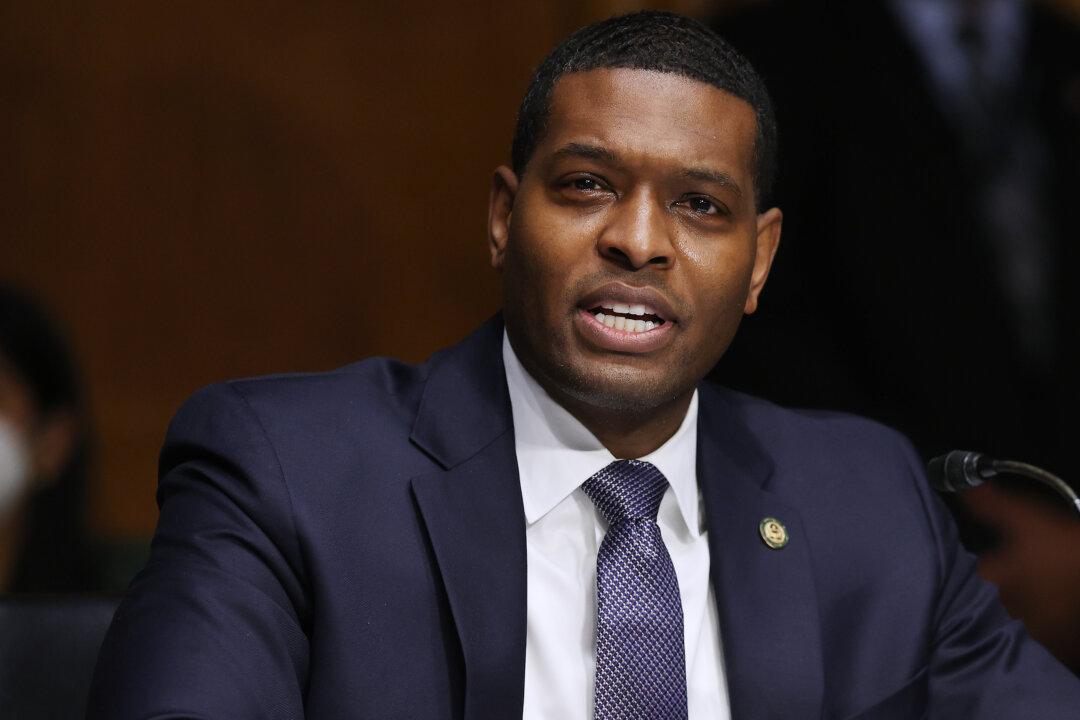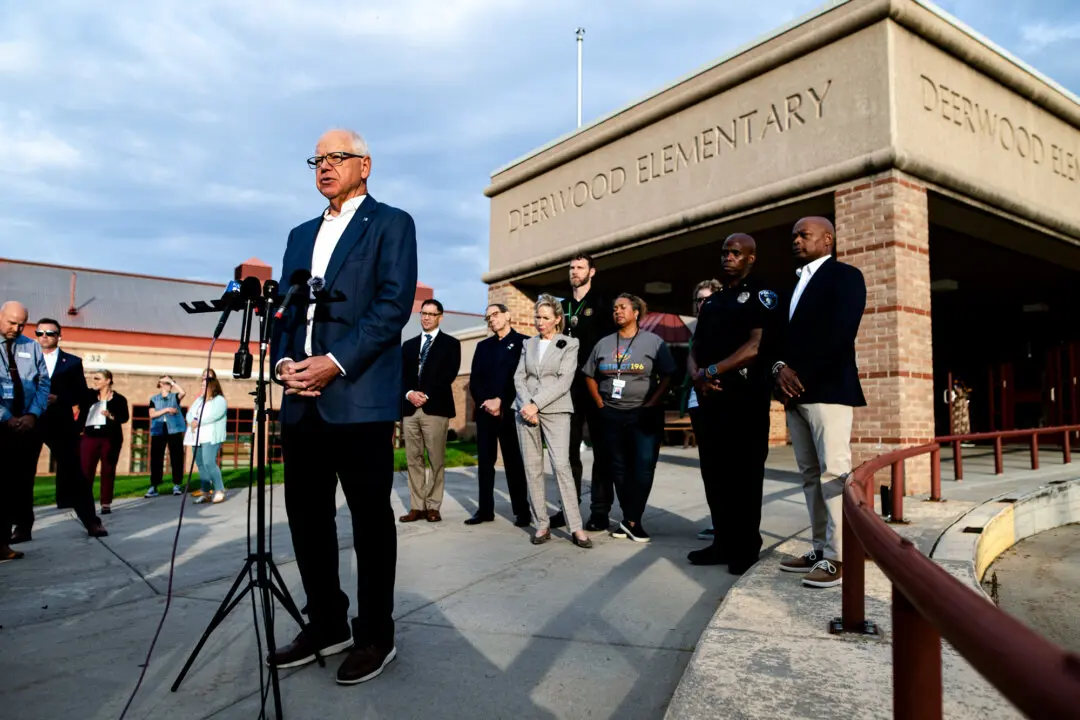Thirty-nine Republican senators have sent a letter to Environmental Protection Agency (EPA) Administrator Michael S. Regan, urging the withdrawal of the proposed power plant rule, citing concerns the agency has overreached its allowed power.
The senators asserted in their letter that the EPA has misinterpreted its authority under the “Clean Power Plan 2.0.” and has not followed the required process under the Administrative Procedure Act. They also express concerns about the plan’s requirement for generation shifting and the use of carbon capture and sequestration (CCS) technology.





